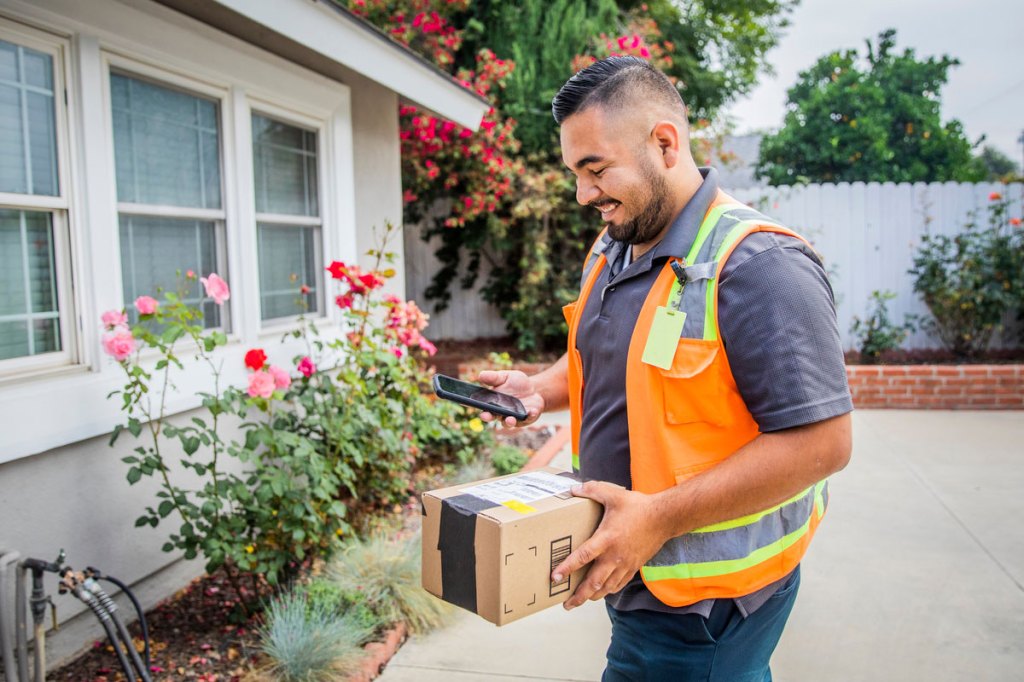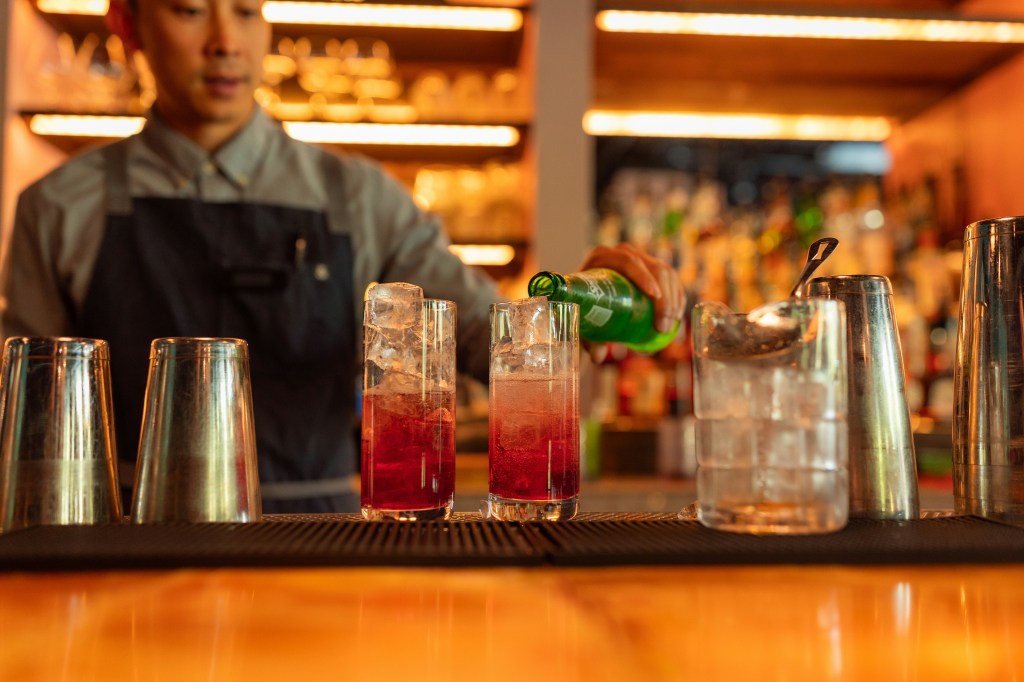By Aleksandra Andan, Vice President Strategic Analytics & Insights and Arnaud Lefebvre, Customer Success Lead, Strategic Analytics & Insights
Premium in a Value-Driven Era
In a market where value reigns supreme and consumer budgets are under pressure, the role of premium products in the FMCG sector is being redefined. Once a reliable growth engine, premium offerings now face a more discerning and fragmented shopper base—one that demands both elevated experiences and justifiable price tags.
As inflationary pressures and cautious spending reshape consumer behavior across Western Europe, the question arises: is there still room for premium products in the everyday basket?
The answer is a nuanced yes.
Premium+ brands—which include Premium, Super Premium, and Luxury tiers—now account for a quarter of total FMCG value in Western Europe. More importantly, they are growing faster than the overall market. This growth signals that while consumers are more selective, they are not abandoning premium altogether. Instead, they are redefining what “premium” means.
What Premium Means to Today’s European Consumer
European consumers define premium products as those that are high-quality, superior, and unique, and their willingness to pay more is rooted in the genuine belief that these products are better and offer features that justify the higher price. Social status and peer influence play little role in their decision to purchase premium items. Today’s premium shoppers seek products that deliver on quality, innovation, and emotional resonance, although drivers of premium purchase do vary by category. While recommendations from friends or family are the most influential across all FMCG categories, factors like online reviews and product comparisons hold greater sway in beauty and personal care, whereas in-store advertising and impulse play bigger roles in food, beverages, and snacks.
How Premium+ Brands Are Performing Across Western Europe
Digging deeper into the drivers of premium in-market growth, Belgium, Germany, and France are leading Western Europe in both the importance and expansion of Premium+ brand sales. Notably, smaller manufacturers are proving especially nimble, outpacing larger players in attracting Premium+ buyers and contributing more strongly to value growth. When it comes to categories, non-alcoholic beverages and food are at the forefront. However, a closer look at consumer behavior versus actual sales reveals a gap: while many consumers claim to purchase premium in certain categories, such as fresh food, the proportion of premium+ products sold in those categories remains comparatively low. Conversely, home care and non-alcoholic beverages exhibit strong Premium+ shares despite lower consumer self-reporting. Importantly, Premium+ brands have succeeded not just in lifting overall value but also in driving up unit and volume sales—a sign that premiumization continues to resonate when it delivers both quality and relevance.
Winning with Premium: What Sets Successful Brands Apart
Brands that can justify their price through superior ingredients, sustainability credentials, or unique experiences are still winning baskets. In fact, the success of Premium+ brands suggests that aspiration is alive and well—just more conditional.
This evolution is not without its challenges. Brands must navigate a delicate balance between pricing power and consumer trust. An efficient promotional strategy is crucial for premium brands, as 75% of consumers say they are much more likely to purchase premium products when they are on promotion or discounted. However, heavy promotion requires careful management to avoid eroding the premium brand image.
Overreaching on price without delivering perceived value risks alienating shoppers. Conversely, under-investing in innovation or brand equity can lead to commoditization.
Premiumization Isn’t Dead—It’s Just Evolving
So, what does this mean for FMCG players? First, premiumization is not dead—it’s simply more demanding. Success in this space requires a deep understanding of shifting consumer values and the agility to respond with relevant offerings. Second, storytelling matters. Brands that can articulate their distinct proposition clearly and authentically are more likely to resonate. Finally, innovation remains a key lever. Whether through product formulation, packaging, or purpose-driven branding, differentiation is essential.
It is safe to say the consumers are not tuning out of premium FMCG segment—they are tuning in to a new frequency. One that harmonizes aspiration with affordability, indulgence with intention. For brands willing to listen and adapt, the opportunity is not just to survive but to thrive in this evolving landscape.




